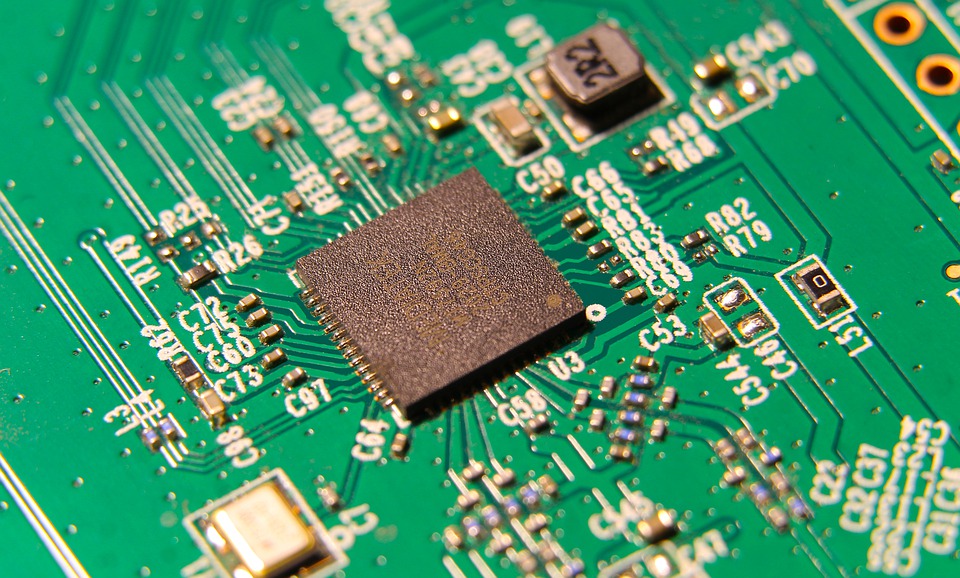Virtual reality (VR) technology has become an increasingly popular tool in the field of education and training, revolutionizing the way subjects are taught and skills are acquired. This technology offers immersive and interactive experiences that can greatly enhance learning outcomes and retention.
One of the key benefits of virtual reality in education is its ability to create realistic and engaging simulations of real-world scenarios. This allows students to practice and apply their knowledge in a safe and controlled environment. For example, medical students can perform virtual surgeries, engineering students can design and test virtual prototypes, and language learners can practice conversations with simulated native speakers.
Furthermore, virtual reality can provide access to experiences that would otherwise be impossible or impractical to replicate in a traditional classroom setting. With VR, students can visit historical sites, explore the depths of the ocean, or travel to outer space, all from the comfort of their classroom. This can help to bring subjects to life and inspire curiosity and creativity among students.
In addition to its impact on education, virtual reality is also transforming the way training programs are delivered in various industries. VR simulations can be used to train employees in hazardous or high-stress environments, such as firefighting, military operations, or emergency response. This allows trainees to practice critical skills and decision-making under realistic conditions, without putting themselves or others at risk.
Virtual reality can also be a cost-effective solution for training programs that require expensive equipment or travel arrangements. For example, airline pilots can undergo flight simulations in VR instead of using costly flight simulators, and automotive technicians can practice repair techniques on virtual cars before working on actual vehicles.
Overall, virtual reality has the potential to revolutionize education and training by providing immersive and interactive learning experiences that engage students and improve learning outcomes. As technology continues to advance, we can expect to see even greater integration of VR in classrooms and training programs, transforming the way we teach and learn.




